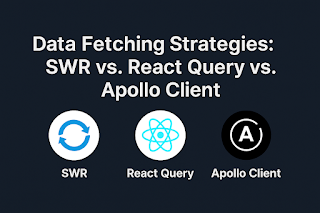Role-Based Access Control (RBAC) vs. Attribute-Based Access Control (ABAC): What You Need to Know
In today’s security-driven software landscape, controlling access to resources is crucial. Two dominant access control models—RBAC and ABAC—help teams manage permissions, but they differ significantly in flexibility, complexity, and use cases.
Let’s dive into what sets them apart and when to use each.
What is Role-Based Access Control (RBAC)?
RBAC assigns permissions to users based on roles they belong to (e.g., Admin, Editor, Viewer).
Pros:
Simple and easy to manage
Scalable for small to mid-sized teams
Industry-standard for enterprise apps
Cons:
Limited flexibility
Role explosion in complex systems
Example: A user with the "Manager" role can view and edit employee records but cannot delete them.
What is Attribute-Based Access Control (ABAC)?
ABAC evaluates user attributes, resource attributes, and environmental conditions (e.g., time, location) to determine access.
Pros:
Highly flexible and fine-grained
Context-aware security
Better suited for dynamic or multi-tenant systems
Cons:
Harder to implement and audit
More performance overhead
Example: A doctor can access patient records only if they are assigned to the same department and access is during working hours.
RBAC vs. ABAC: A Quick Comparison
When to Use What?
Use RBAC if your app has a clear, role-based hierarchy with fixed permissions.
Use ABAC when you need contextual or fine-grained control, such as SaaS platforms or multi-tenant environments.
Combine both for hybrid models in enterprise-scale apps (e.g., RBAC for general access, ABAC for sensitive data).
Final Thoughts
Access control isn’t just a security feature—it’s foundational to trust, compliance, and user experience. While RBAC remains the go-to for many teams, ABAC is gaining traction where flexibility and context matter most.
Choose wisely based on your app’s scale, data sensitivity, and business needs.
#CyberSecurity #RBAC #ABAC #AccessControl #SoftwareArchitecture #WebDevelopment #DevSecOps #BackendDevelopment #CloudSecurity #DataProtection




Comments
Post a Comment